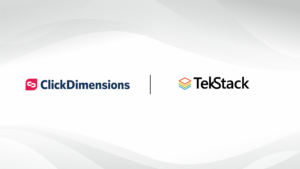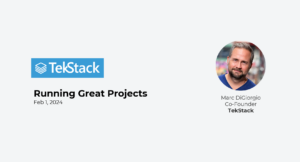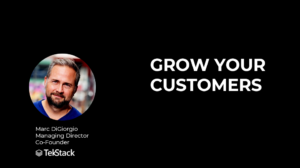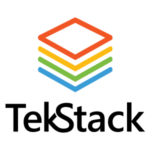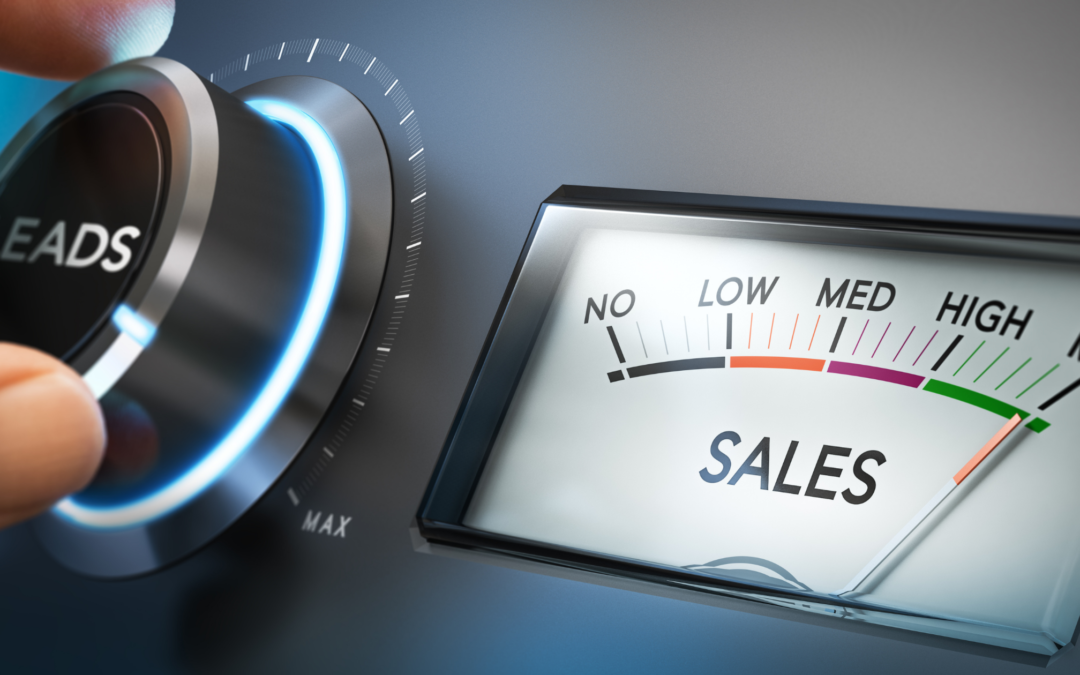
By the turn of the last decade, B2B software companies became overly reliant on marketing, rather than outbound efforts to generate leads. However, in the past 3-5 years, the cost of creating those leads has become expensive, because platforms such as Google, Facebook, LinkedIn have done a great job monetizing their platforms. This means that while spending money will get you leads, the leads themselves are not demonstrating buying intent on their own merit, therefore the quality of those leads is not high enough for the sales team to be able to do their job. There is a disconnect between the buyer and seller. The result? The few leads that make it through the funnel end up being very expensive because the total cost of the marketing program is spread across too few leads.
What we’ve seen in the last couple of years is a resurgence in outbound strategies aided by tools that automate a lot of the sequencing of activities. But what has also happened is that lazy sales reps who have spent their entire careers without having once cold called, are abusing these tools and blast out (too) many emails to their lists, inundating inboxes and basically creating a white noise effect with poor quality outreach.
(Don’t be this kind of sales rep)
These sales engagement tools are a natural response to inbound approaches to demand generation. From 2010 through 2015 inbound was all the rage, with marketing automation tools putting funnel generation on autopilot. The initial notion was that buyers control the buying process: educate them, create awareness, and let them engage you. If you put enough money and time into the top, you get leads flowing out the bottom. Flash forward to 2018 and the cost of generating a lead in this fashion has increased significantly because everyone is doing it, forcing vendors to pay for real estate and mind share which costs big money on platforms like Google, Facebook, LinkedIn, etc. Most companies that aren’t in the market leader position can’t make necessary traction unless they do stuff differently.
This is why companies like Outreach and Salesloft have become so popular.
Targeted outbound – a better approach to using sales engagement
The reason outbound sales had fallen out of favor is because the association with the term “cold calling” tends to leave a bad taste in the mouth. But the thing is, there’s a lot more to outbound sales, which aren’t sleazy at all. The impression comes from “the olden days” before the Internet, where a sales rep would just have a sheet of names and numbers in front of them, and go through it one by one, delivering the same canned message to each one. You had very few ways to target specific, high-value leads.
And when outbound sales accounts for 55% of generated leads, compared to the 27% generated by inbound strategies, you really can’t ignore that avenue at all.
Today, the same platforms we mentioned earlier – Facebook, LinkedIn, Google – can all be used to glean valuable information to help you build a targeted outbound campaign, to help you identify which contacts are worth your time, and which ones aren’t interested. Identify your buyer personas and use them to evaluate your contact to assess how valuable a lead they are. Some people call this Account-based-Marketing.
The key to an effective outbound sequence isn’t just running high volume email blasts, it’s the integrated motions within the sequences. Yes, it takes more time, but results are much higher in funnel conversion, and that’s the name of the game.
The quickest way to increase sales bookings is to improve your win rate and conversion metrics. Each has a multiplier effect on your company’s sales bookings. Let’s run some numbers: A software company running at a 25% win rate, where 30% of their ‘leads’ get through marketing, and create opportunities from these leads 30% of the time.
Simply increasing the win rate from a not horrible 22% to a decent 30% impacts the sales bookings by significant 36%. By adding more focus in your lead generation and outbound efforts, you could increase your bookings by a whopping 180%. Imagine winning 50% plus? That can happen with a tighter ideal customer profile and product-market-fit. More on that in another blog.
Low-cost high conversion – the new inbound
Buyers are human and make emotional decisions. The relationship buyers have with your company is highly influenced by the quality of interaction, and timely response.
Sure, targeted account strategies take a lot more effort than a wide-net strategy, but with the latter you need, well, a wide-net. You’ll eventually run out of market opportunity, and if you don’t, you’ll just end up saturating the market with messaging. Your buyers will eventually ‘turn off’ all receptors to you.
The best part of all of this is the scale! Organizations can easily scale a program like this across many reps. Because the playbook is so well defined, your new reps could be running immediately. Your organization can also easily delineate this responsibility to an SDR type role for all or most of this activity. And the best part is the cost per opportunity is almost nothing compared to the cost of an opportunity from a marketing-based lead source.
We have some ideas on building the perfect sequence, a tried and tested formula in which the content gets adjusted per sequence, the basic structure remains the same.
Does this leave marketing in the dust?
What’s the difference between the sales engagement and marketing automation? Several companies are using their marketing automation tool to send emails on behalf of reps. At the core of the systems, marketing automation and sales engagement tools both:
- Have a campaign builder with either time-based or trigger-based wait steps
- Can incorporate email activities with non-email activities like phone call tasks
But honestly, that’s where it ends. Marketing’s campaign efforts should really be focused on Awareness and Education activities. When a buyer provides enough signals, they get sent to the sales team. The marketing team is the owner of the marketing automation tool and likely already has tons of requests to deal with. Adding email campaigns on top of this will only lead to frustration because the rep won’t be in control of the process and will likely be prioritized behind other activities.
The other important thing to note is that your marketing automation tool may be completely different database from your CRM tool (it shouldn’t be, but probably is, more on that another time). The targeted accounts your team is researching may not actually be in the marketing automation database and shouldn’t be, especially in today’s age of GDPR, CAN-SPAM, CASL. All marketing needs to be compliant. There is no legislative requirement for Sales Engagement tools to be opt-in based which makes life much easier for the reps to be in control of their own destiny.
There’s a place for both inbound and outbound in your business, it’s not a case of one of the other. Use the contacts earned from your marketing campaigns and put them on a nurture program, to further create awareness of your product. Targeted outbound efforts can bring in high quality leads that will help your sales team close leads.
So, while Sales Engagement looks similar to marketing automation, it is not the same. But yes, you need both. Use the new tools available with targeted account strategies to create smart, integrated sales campaigns to engage new leads and close more sales with less effort!


